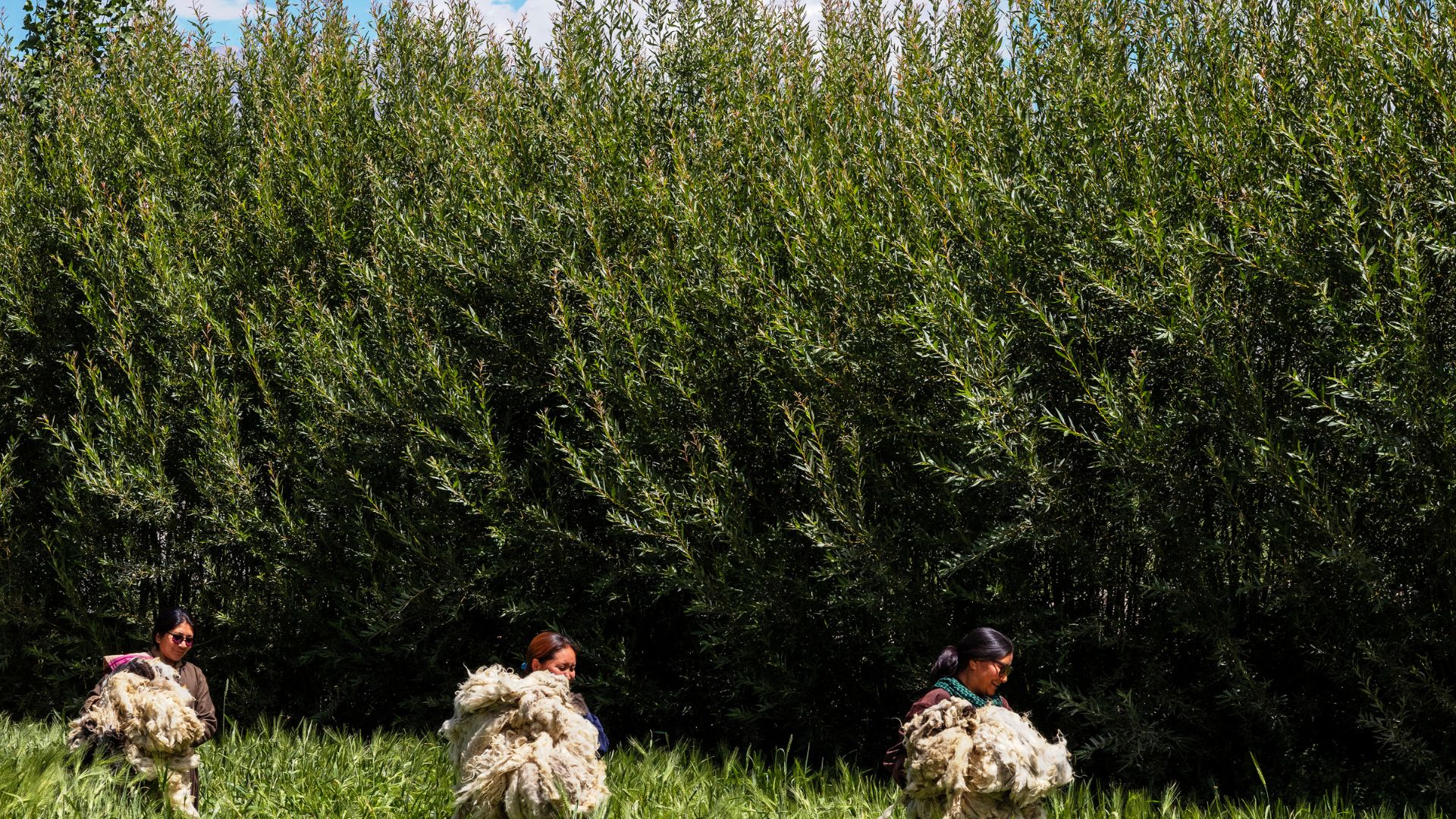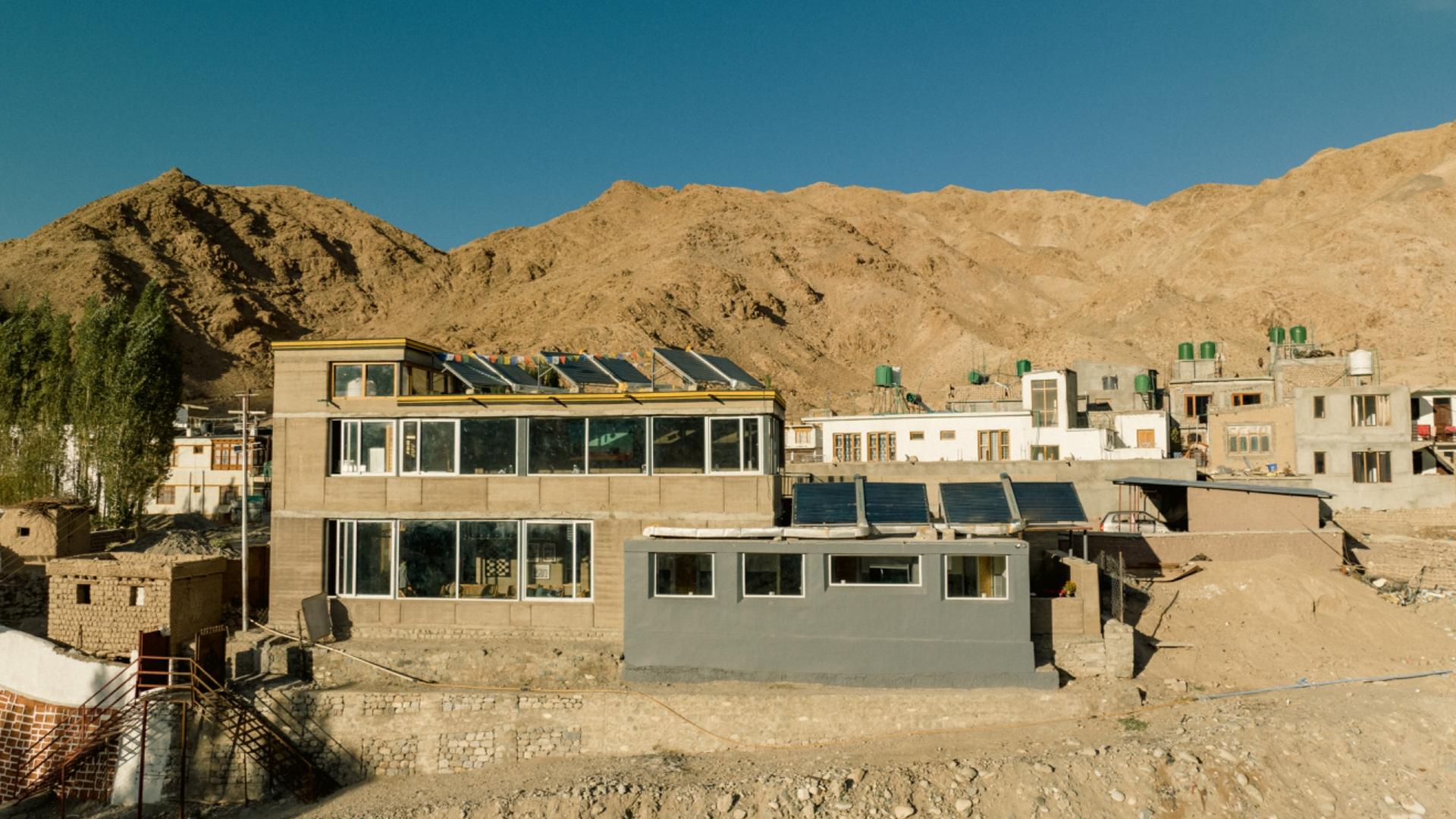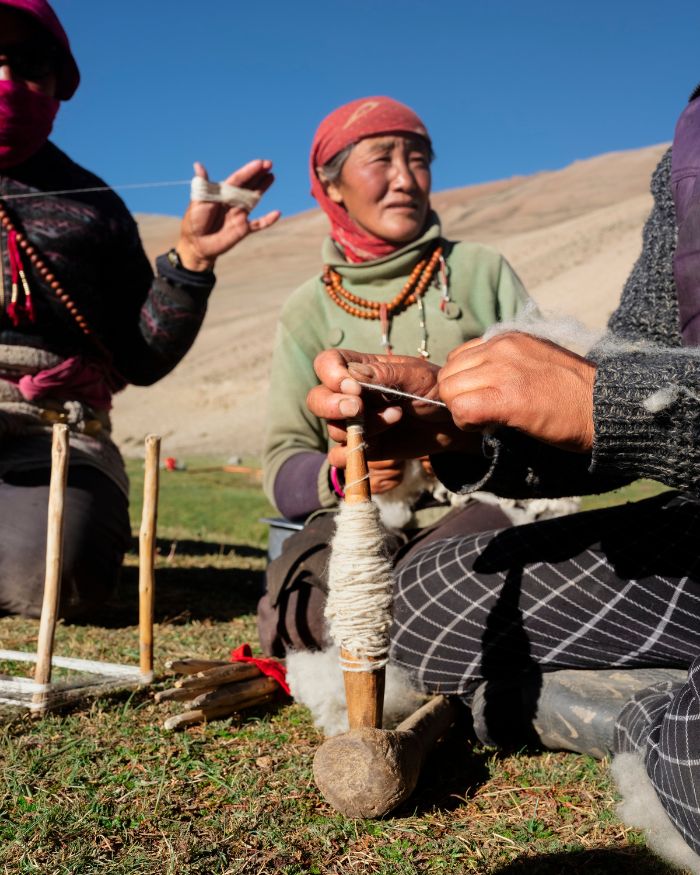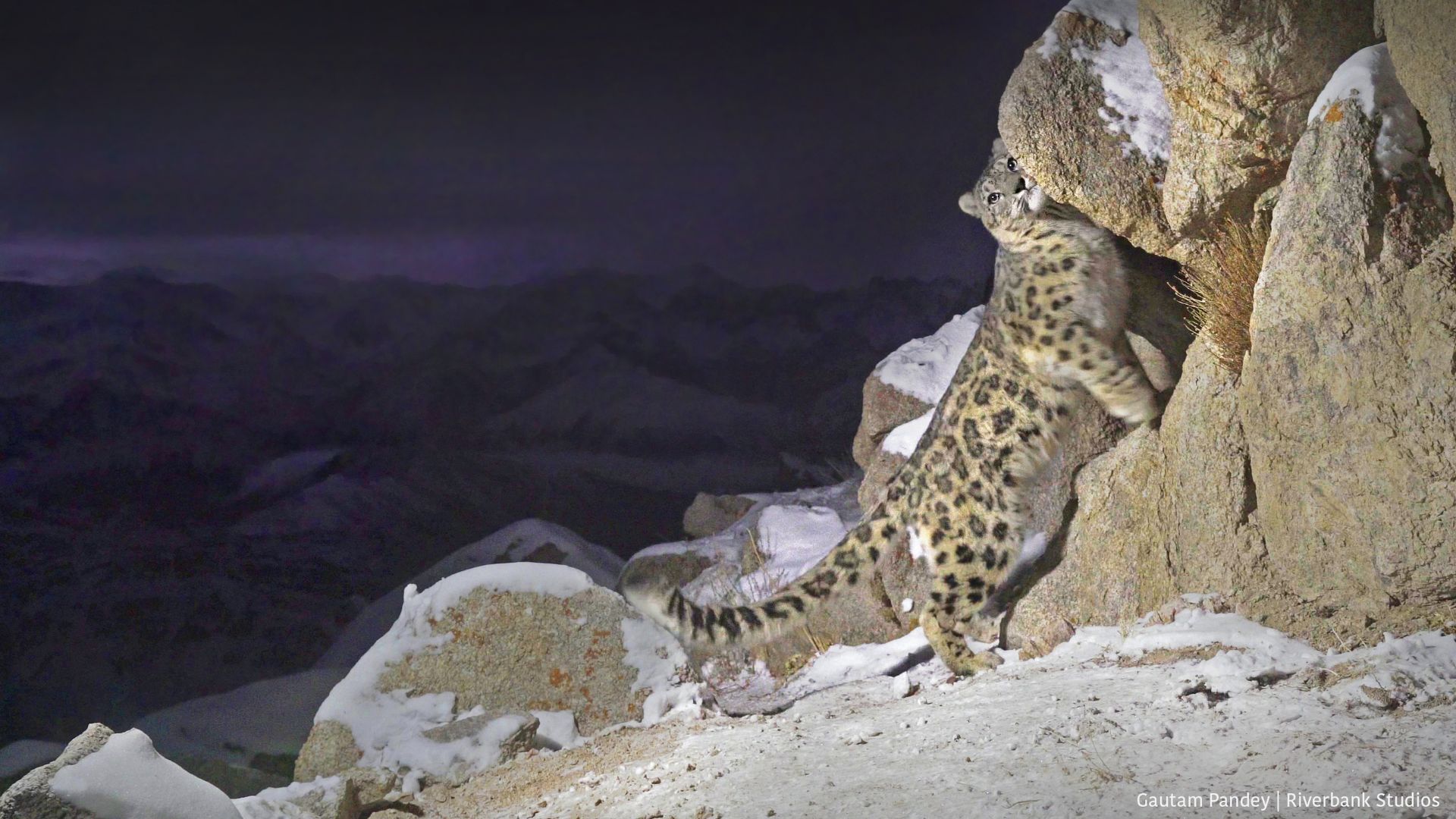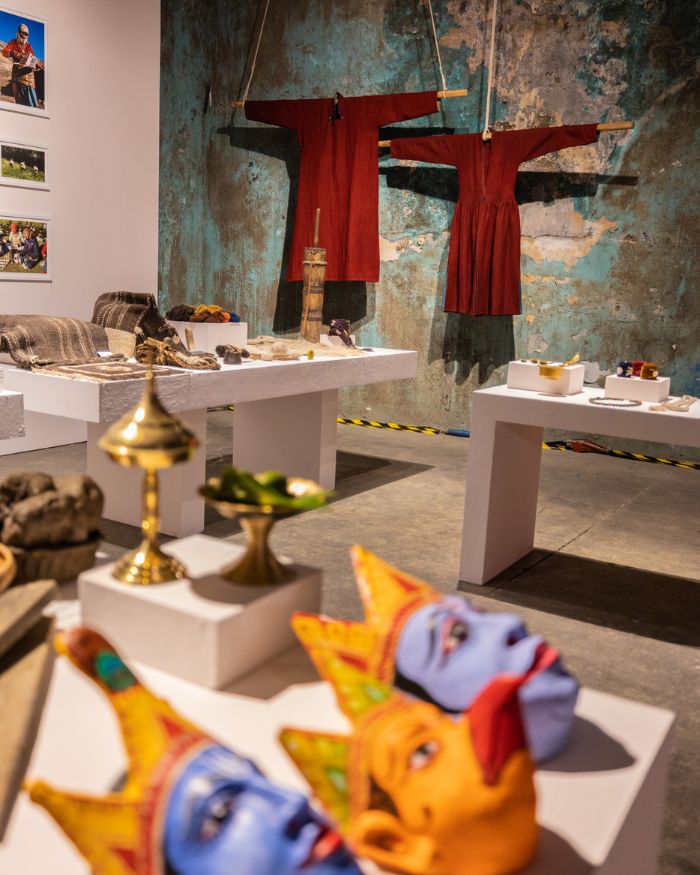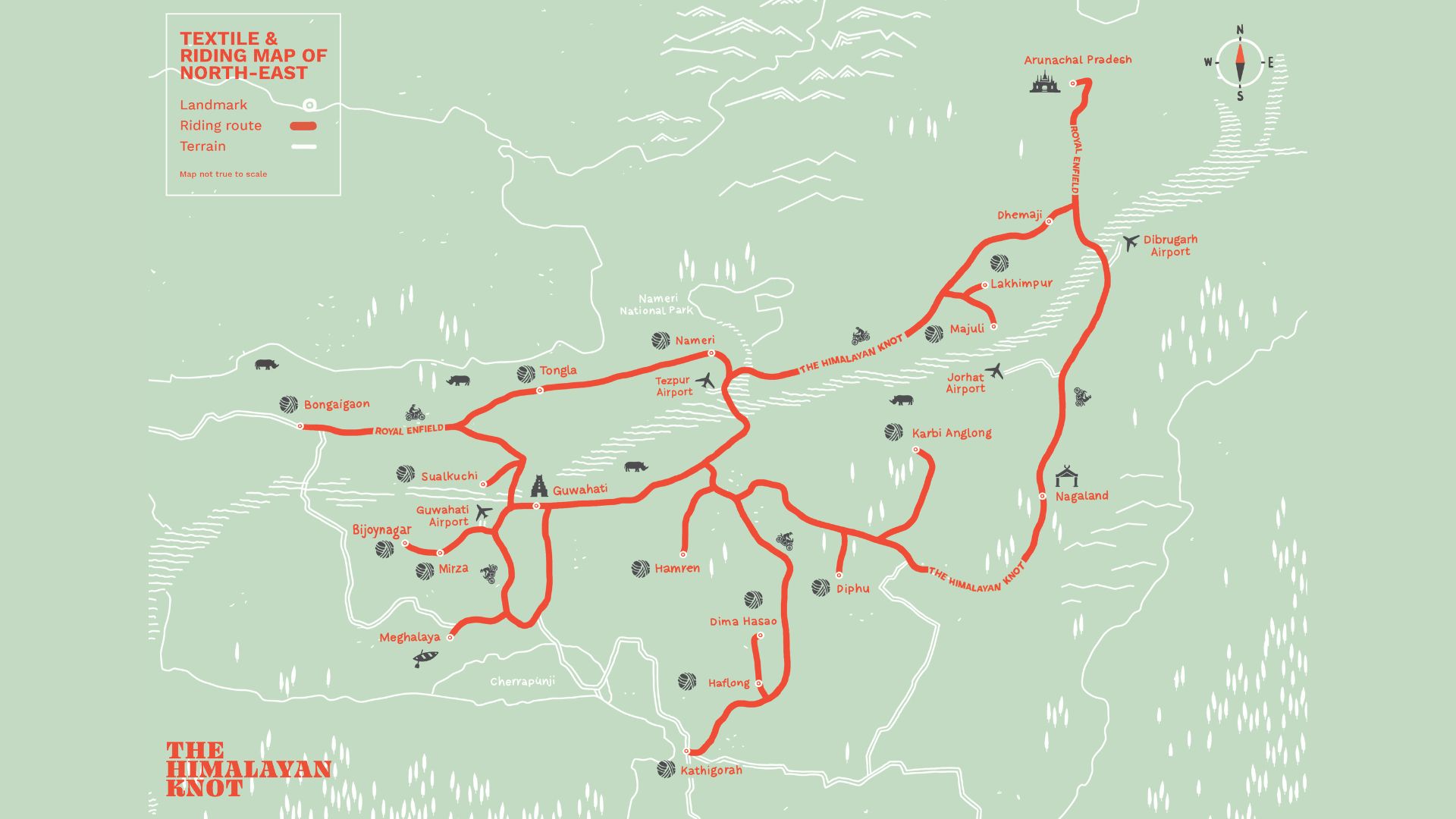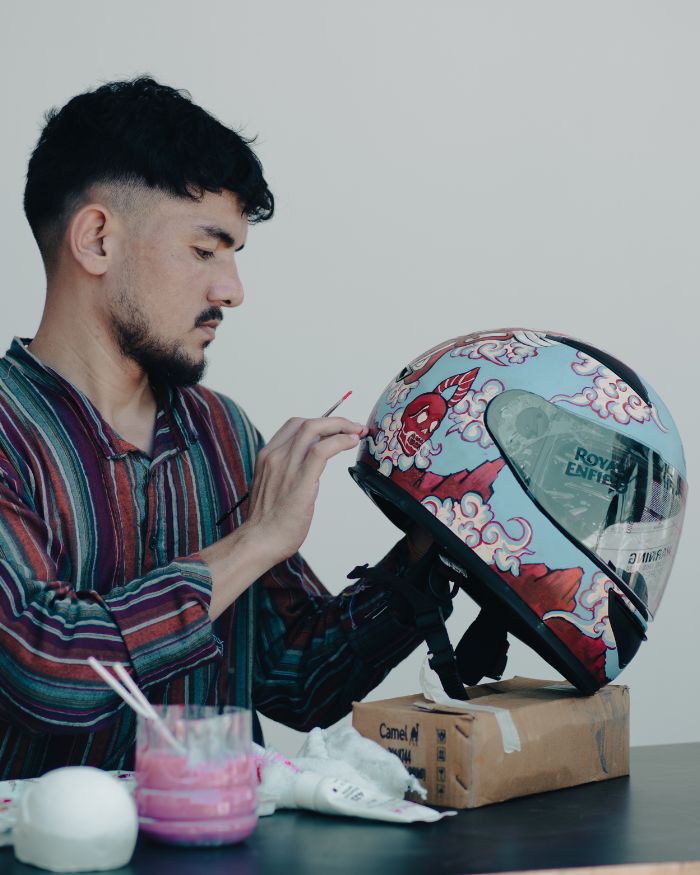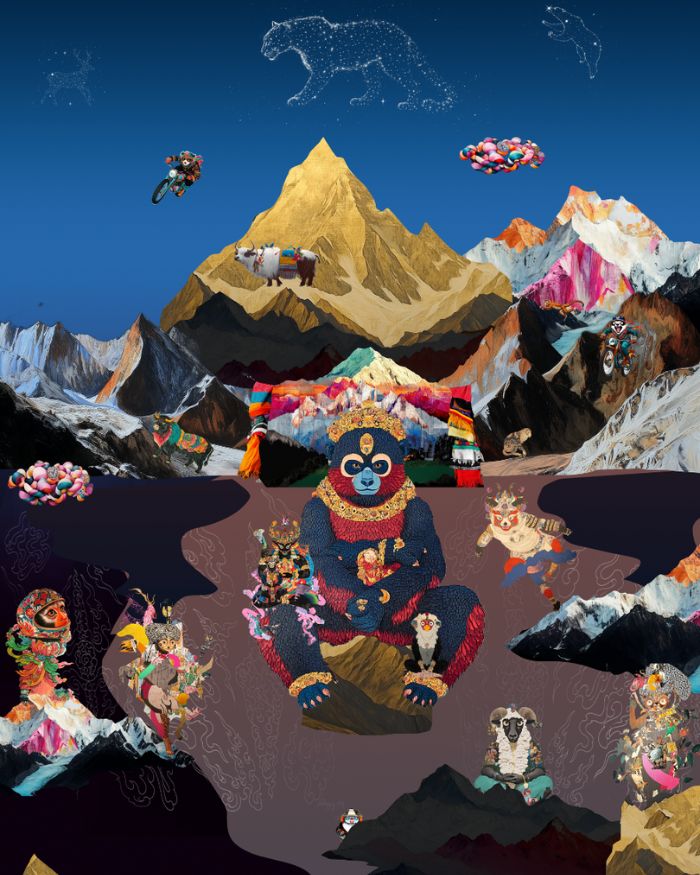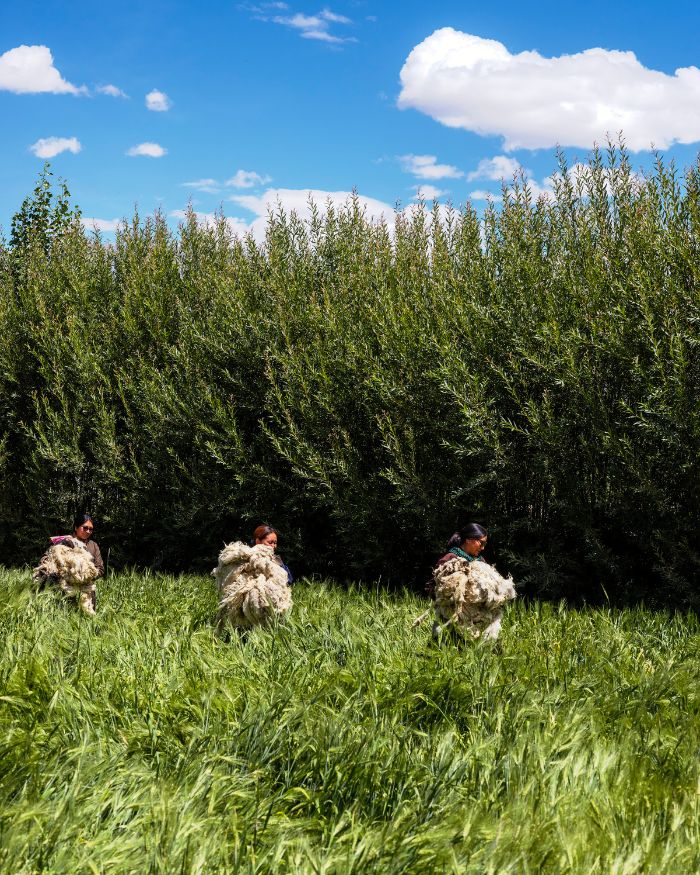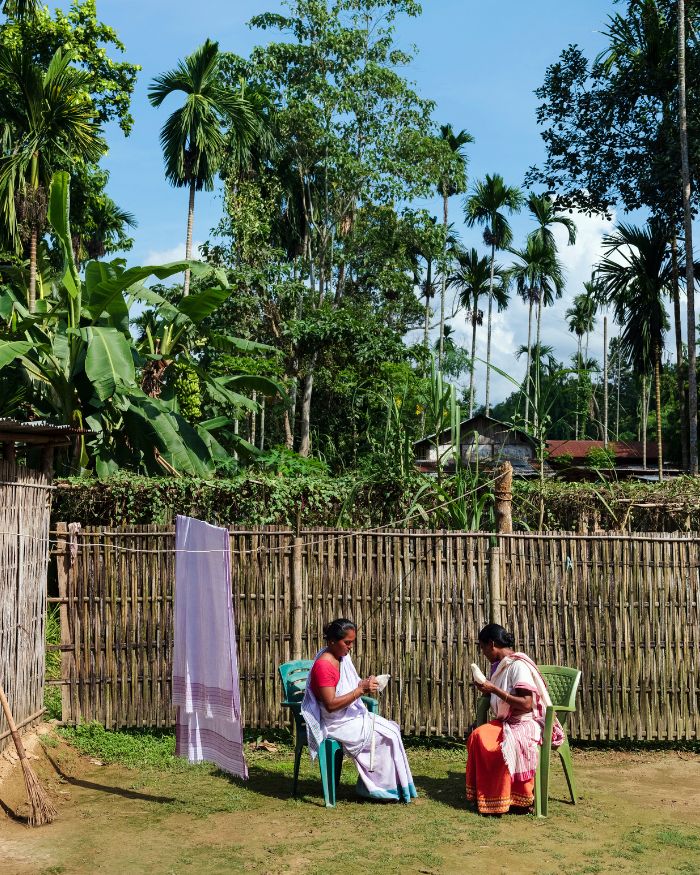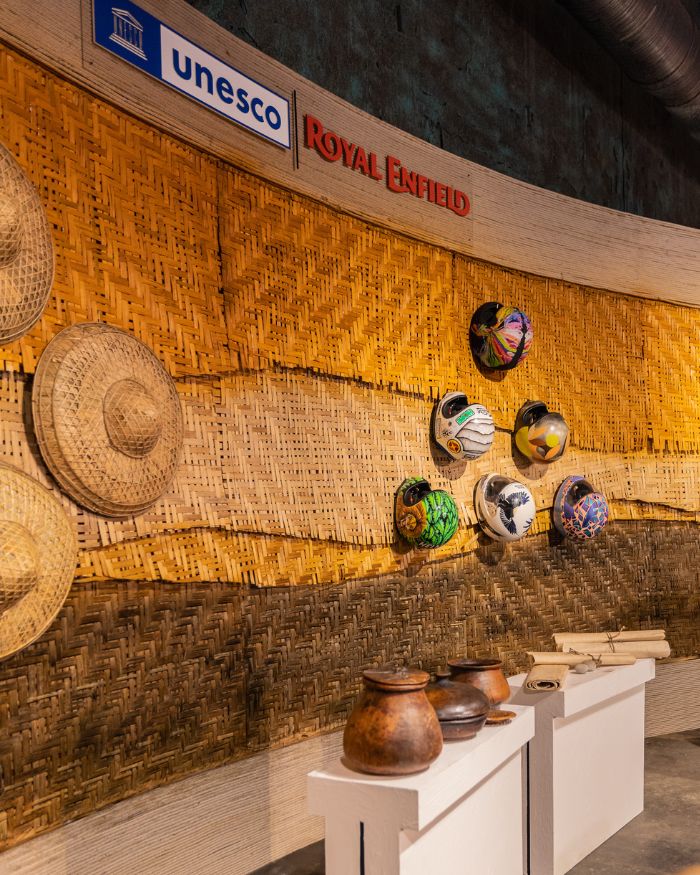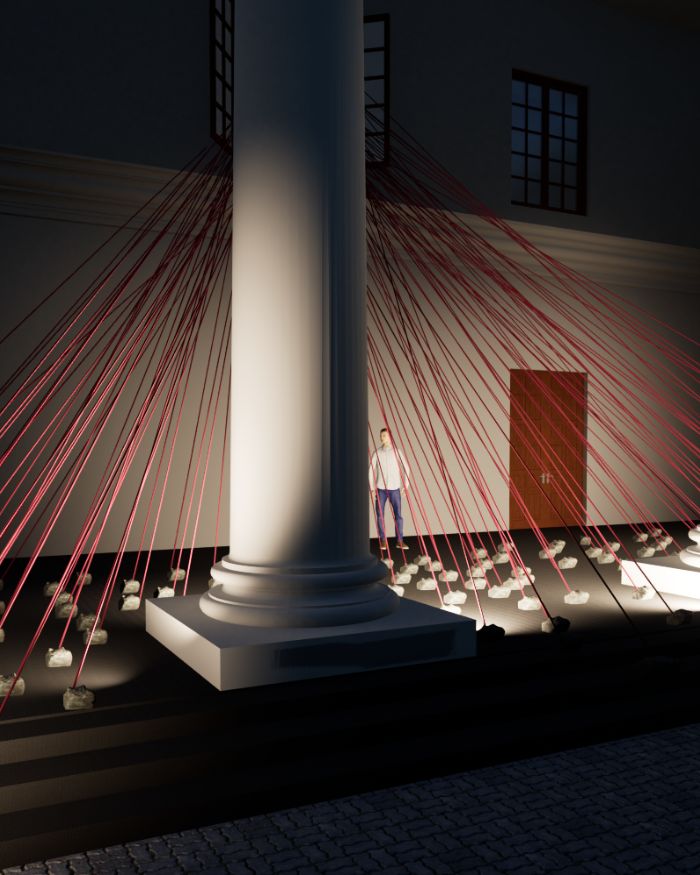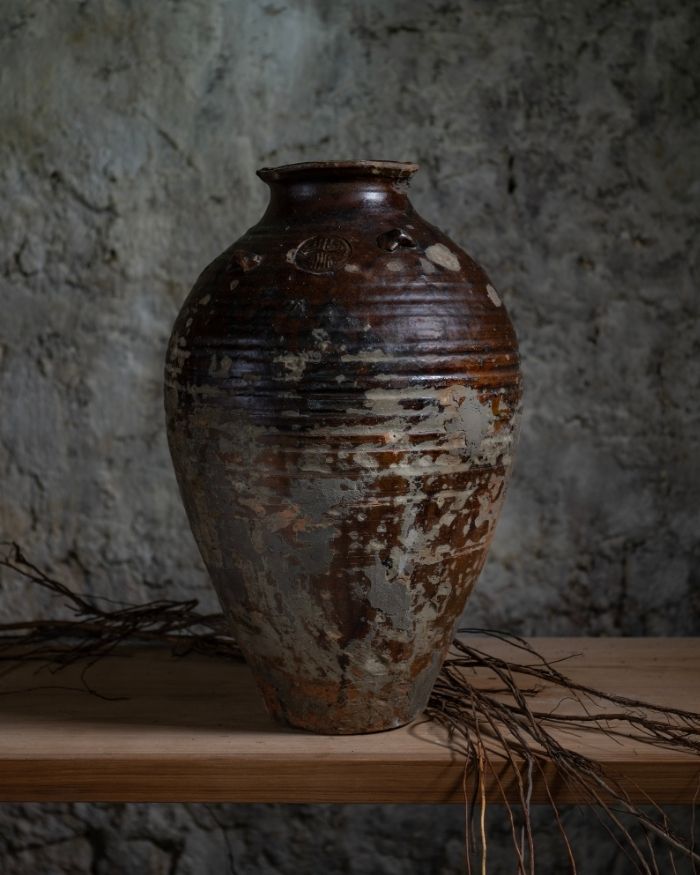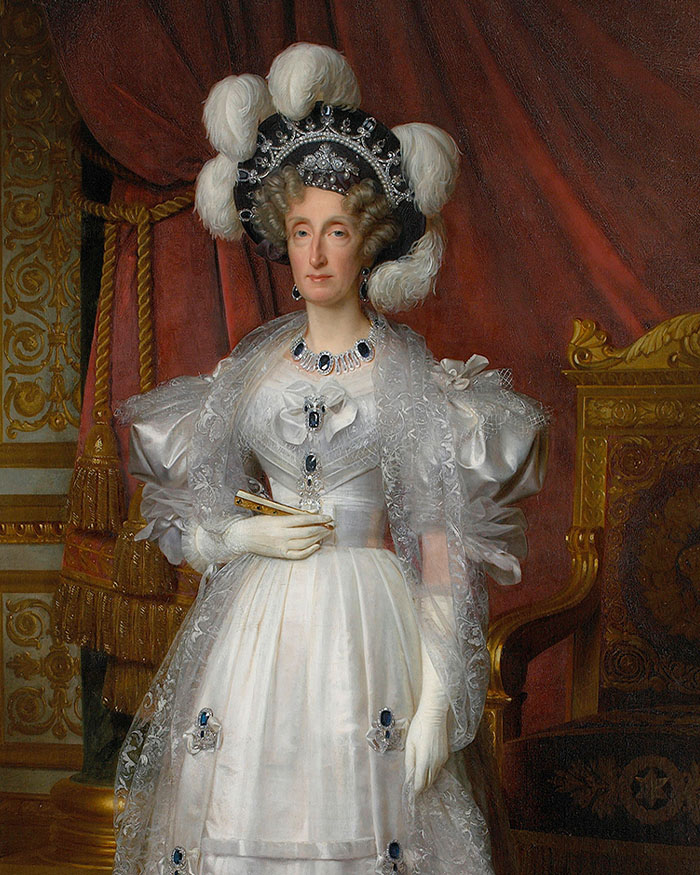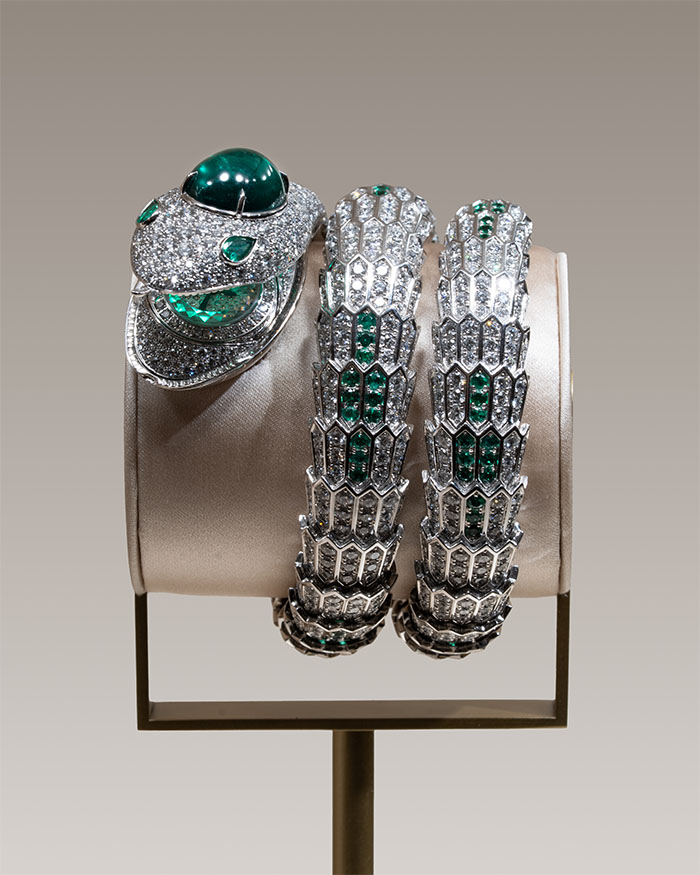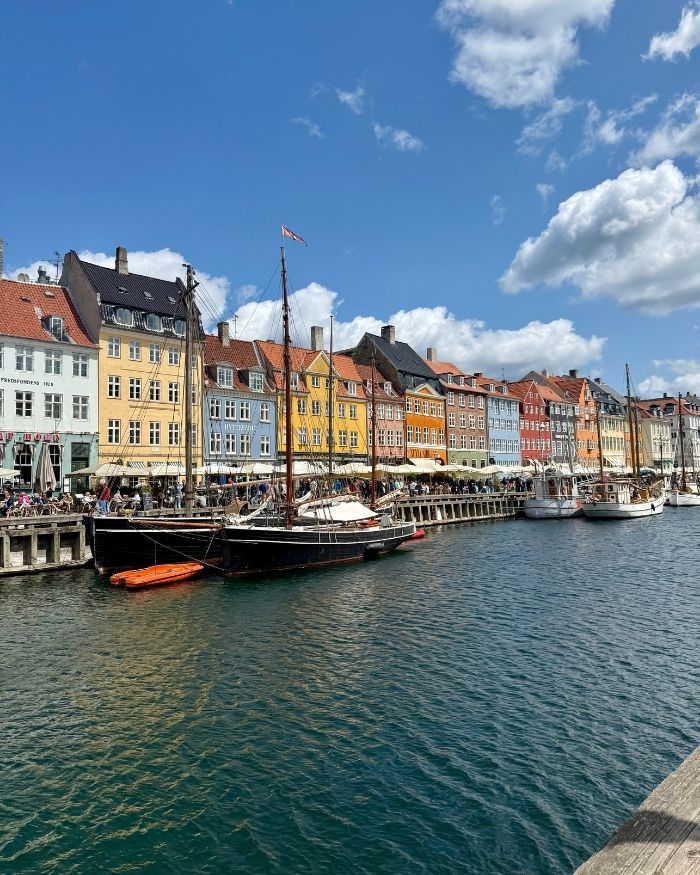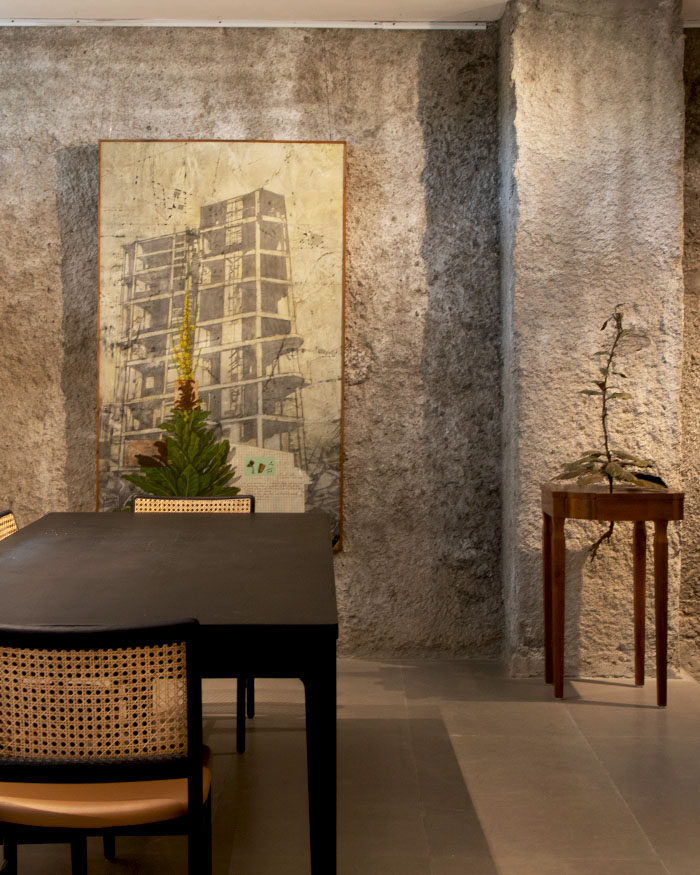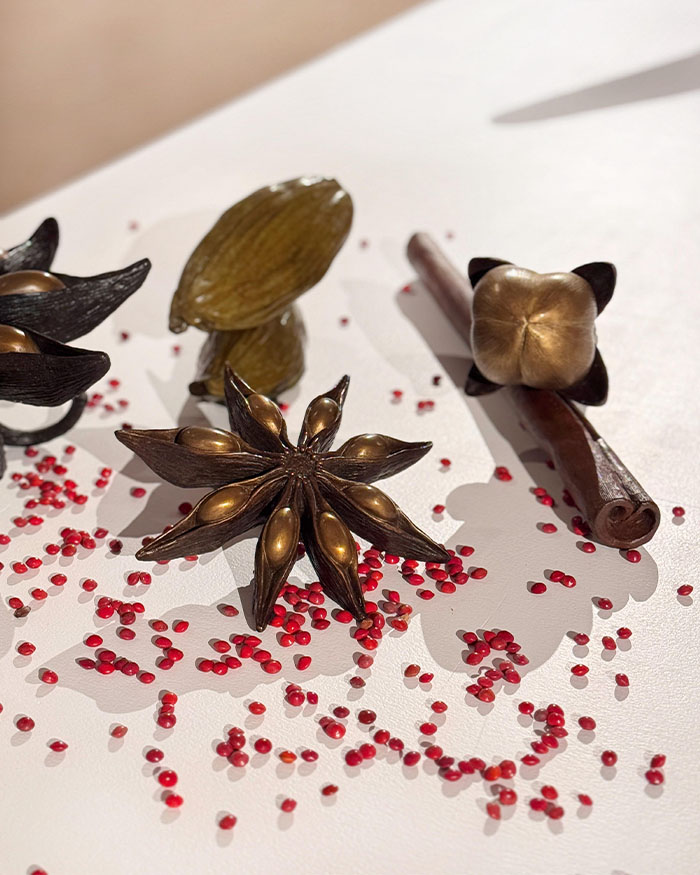Journeying across the Himalayas. A powerful combination of words in its own right, it conjures up visuals of the enlightening rhythm that the region echoes endlessly. This is also the moniker of an exemplary festival curated in New Delhi’s Travancore Palace recently, which channelled the vast sentiments of the Himalayas, its landscapes, expressions of culture and importantly, its people. Presented by Royal Enfield Social Mission, the multidisciplinary festival continued for 10 days, drawing to the forefront around 100 regional communities from the mountainous belt. Enveloping within distinct worlds of art, textile, design, music, travel, food and conservation, the exhibit came alive with a delicate dance between tradition, dialogue and innovation that mirrors a future to reach global platforms.
The panel discussions at Journeying Across the Himalayas transcended the usual discourse — a poignant reminder of the impact human actions have on the fragile ecology of the hills and how the people of the Himalayas possess wisdom shaped by their unique surrounding terrains. “While travelling across the Himalayas, I was struck by how deeply textiles are interwoven into its socio-cultural fabric. The connection between weaving traditions and folklore revealed a rich tapestry of cultural expression and storytelling,” reveals Ikshit Pande of Royal Enfield Social Mission.
To delve further into the scholastic as well as the intuitive makings of the festival, ELLE DECOR India spoke with the creative forces behind it: Ikshit Pande, Brand Strategy Lead, who also curated ‘From Folk to Fabric: The Himalayan Knot Textile Exhibition’ alongside Bidisha Dey, Executive Director at Eicher Group Foundation. Excerpts below…
“According to oral versions of the Gesar saga, Duguma (wife of the mythical king Gesar) weaves one row each year. Legend has it that when her fabric is complete, it will signal the end of the world. Such stories demonstrate how weaving is not merely a craft but a cosmic narrative.” — Ikshit Pande, Royal Enfield Social Mission

